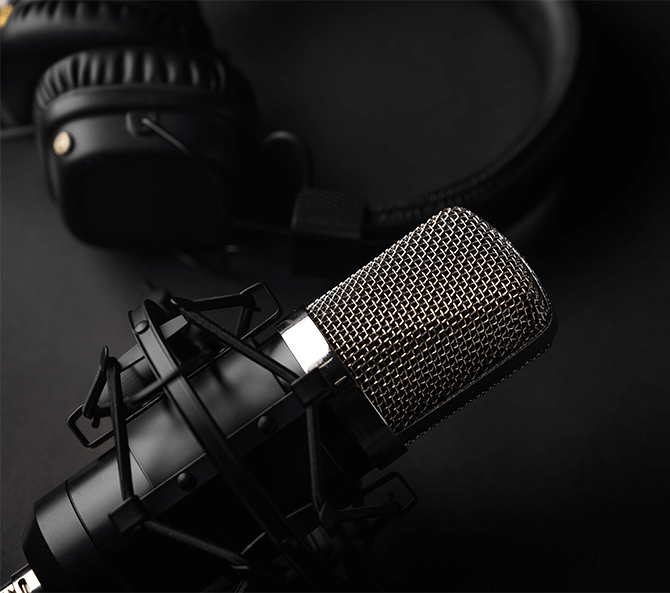Haley Boblink, WTC&T’s Marketing Automation Lead, brings us a three-part series on email marketing best practices. Email marketing is oftentimes overlooked, but it is still one of the most effective marketing channels. Learning different ways to improve your email marketing will ultimately help you engage your customers in creative ways that will help drive engagement.
_______________
Echo sending: it seems like a waste of time at first glance. If someone didn’t open an email the first time, why in the world would they open it if you sent the same thing again? It’s a fair question, but let’s try viewing it from an end-user perspective. How many times have you noticed an email, made a note to come back to it later, and then completely forgot about it? By the time you remember, it’s days away and buried under hundreds of other emails. Not only that but unlike you, the savvy marketer, if a user opens an echo send only the second time, they won’t know it’s a repeat, will they? So let’s dive into the fine art of echoing.
BEST PRACTICES
Find Your Cadence
The biggest key to a successful echo send is finding the right cadence. If you send out an echo too soon, you risk appearing spammy to recipients. Too late, and it might not have the value it had at your first send if it’s a time-sensitive email (like one relating to a limited sale). Since it’s dependent on a variety of factors, there’s no one-size-fits-all answer. But a good rule of thumb for content that isn’t time-bound is to wait at least a week before performing an echo send. If time is of the essence, set your echo send to be approximately the day before your deadline, to highlight the sense of urgency.
Limit Your Usage
This is one a lot of marketers trip on. Once you feel the rush of snatching up all the latecomers on your first echo send, it can be really tempting to do it for every email. But before you close yourself into an echo chamber (pun intended, not sorry), consider the effect on a specific user group: your most loyal followers. You know, the ones that you see on every send as Opened, the ones that make your metrics and hearts full without fail. They will notice this, and they will start to get fatigued by the repetitive emails. And before too long, you’ll start to notice them missing from some of your send metrics. In order to not exhaust your loyal recipients, limit your echo sending to only your most important emails. And if you can’t bring yourself to do that, create an engagement list out of the openers of your initial send, and exclude them from the echo. You don’t want to irritate your biggest fans.
Tweak Your Headline
Just because the content inside hasn’t changed doesn’t mean your subject line can’t. Take a look at the attention-grabber on your initial send. Is it highlighting something that was not the biggest draw in your metrics? Can you add a deadline reminder? Is there a related current event that now brings this to the forefront of people’s minds? Use this time to make your own little mutation of our good friends the A/B Test, and try out some new material on your echo send. Who knows; you may even be able to get a new segmentation group out of it if you get creative enough and you have the metrics to back it up.
FINAL NOTE
Not only does echo sending engage you with a user segment that may have missed out on the important things you have to say to them, but it may also provide other benefits: strengthening the outcomes of your campaigns and saving time by recycling content and copy. Most of all though, it will give you a definitive answer to when and whether your user bases are truly engaged. If they aren’t after an echo send, maybe it’s time for a data cleanse.
_______________
Check back to read the next post in the series on Echo Sending or take a look at our first post on A/B Testing. If you feel like your organization could use a lift in your email practices, reach out to our Email Marketing Team and we will be in touch!





